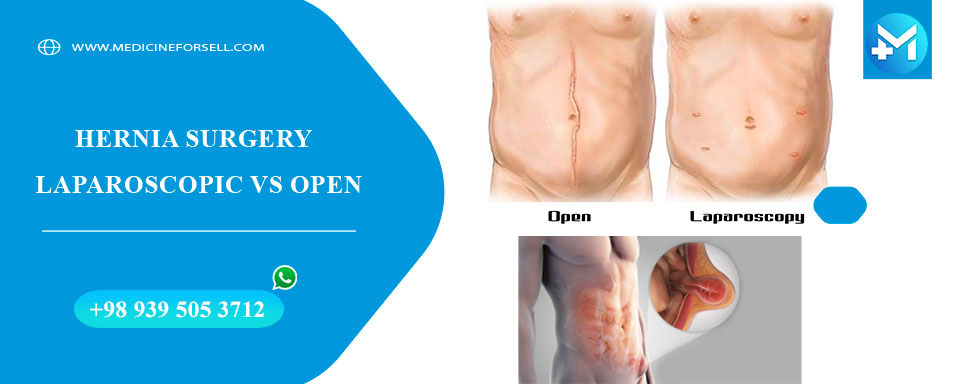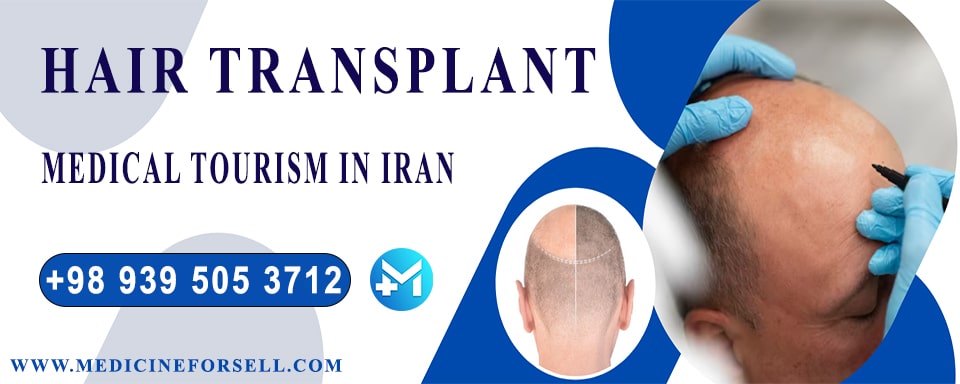Mohs Surgery
mohs surgery cost In Iran
Mohs Surgery Definition
Mohs surgery is a skin cancer treatment procedure that involves the removal of thin layers of skin. The removed skin is then closely examined for any signs of cancer. This process is repeated until there are no signs of cancer left. The main objective of Mohs surgery is to eliminate skin cancer without damaging the surrounding healthy skin. This approach ensures that all the cancer is removed, increasing the chances of complete recovery and reducing the need for additional treatments or surgeries. Patients typically receive anesthesia during Mohs surgery to minimize discomfort, and most can return home after the procedure without needing hospitalization. Additionally, Mohs surgery is also known as Mohs micrographic surgery.
Why It’s Mohs Surgery Done
Mohs surgery is used to treat skin cancer. This includes common types of skin cancer, such as basal cell carcinoma and squamous cell carcinoma. It also includes melanoma and other less-common skin cancers. Mohs surgery is most useful for skin cancers that:
. Have a high risk of coming back or that have returned after previous treatment.
. Are in areas where you want to keep as much healthy tissue as possible. This includes areas around the eyes, ears, nose, mouth, hands, feet and genitals.
. Have edges that are hard to define.
. Are large or grow quickly.
Mohs Surgery Risks
Problems that can happen during and after Mohs surgery include:
. Bleeding
. Pain or tenderness around the places where surgery was done
. Infection
Other problems that can happen are less common. They may include:
. Temporary or permanent numbness of the surgical area. This can happen if small nerve endings are cut.
. Temporary or permanent weakness of the surgical area. This can happen if a muscle nerve is cut to remove a large skin cancer.
. Shooting pain in the area.
. A large scar.
How You Prepare for Mohs Surgery
Your surgeon may recommend ways you can prepare for your surgery. You may be asked to:
. Stop taking certain medicines. Tell the surgeon what medicines or supplements you take. Be sure to mention any medicines that thin the blood. Some supplements may make you bleed more after surgery. That’s why you want to make sure your surgeon knows about the supplements you take, too. Continue taking any prescription medicines unless your surgeon tells you to stop.
. Clear your schedule for the day. It’s not possible to know how long your Mohs surgery will take. For most people, the procedure takes less than four hours. Your surgeon may tell you to plan for the surgery to take all day, just in case it might. But there’s a very small chance it could take that long.
. Wear comfortable clothing. Wear casual clothes that are comfortable. Dress in layers in case the room is warm or cold.
. Bring something to help pass the time. Expect some waiting time during your Mohs surgery. Bring a book, magazine or other activity to help you pass the time.
. Eat before surgery. It’s usually OK to eat before your appointment. Unless a member of your health care team tells you differently, you can eat your usual meals.
What Happens During Mohs Surgery?
The procedure is done in stages, all in one visit, while the patient waits between each stage. After removing a layer of tissue, the surgeon examines it under a microscope in an on-site lab. If any cancer cells remain, the surgeon knows the exact area where they are and removes another layer of tissue from that precise location, while sparing as much healthy tissue as possible. The doctor repeats this process until no cancer cells remain.
Examination and prep
Depending on the location of your skin cancer, you may be able to wear your street clothes, or you may need to put on a hospital gown. The Mohs surgeon examines the spot where you had your biopsy and may mark it with a pen for reference. The doctor positions you for best access, which may mean sitting up or lying down. A surgical drape is placed over the area. If your skin cancer is on your face, that may mean you can’t see what’s happening, but the doctor talks you through it. The surgeon then injects a local anesthesia, which numbs the area completely. You stay awake throughout the procedure.
Top layer removal
Using a scalpel, the surgeon removes a thin layer of visible cancerous tissue. Some skin cancers may be “the tip of the iceberg,” meaning they have roots or extensions that aren’t visible from the surface. The lab analysis, which comes next, will determine that. Your wound is bandaged temporarily and you can relax while the lab work begins.
Lab analysis
The surgeon cuts the tissue into sections, color codes them with dyes and draws a map of the surgical site. In the lab, a technician freezes the divided tissue, then cuts very thin horizontal slices like a layer cake. The slices are placed on microscope slides, stained and covered. This meticulous process takes time.
Microscopic examination
Using a microscope, the surgeon examines all the edges and underside of the tissue on the slides and, if any cancer cells remain, marks their location on the map. The physician then lets you know whether you need another layer of tissue removed.
Second layer removal
Back in the operating room, the surgeon injects more anesthesia if needed and removes another layer of skin, precisely where the cancer cells remain, based on the map. Then, while you wait, the lab work begins again. This entire process is repeated as many times as needed until there are no more cancer cells.
Wound repair
Once the site is clear of all cancer cells, the wound may be left open to heal or the surgeon may close it with stitches. This depends on its size and location. In some cases, a wound may need reconstruction with a skin flap, where neighboring tissue is moved into the wound, or possibly a skin graft. In some cases, your Mohs surgeon may coordinate the repair of your wound with another specialist such as a plastic surgeon, oculoplastic surgeon or hand surgeon. In most instances, however, the Mohs surgeon will repair the wound immediately after obtaining clear margins.
Finishing up
If more than one or two rounds are needed, the entire process can take up to several hours, so be prepared for that. It’s worth it, though, because this precise technique has the highest cure rate of any treatment method and can save the greatest amount of healthy tissue, leaving the smallest scar possible. Carefully follow your doctor’s instructions for wound care, scar care and follow-up to achieve the best outcome.
After Mohs Surgery
After all of the cancer has been removed, you and your surgeon can decide on how to fix the wound. This could include:
. Letting the wound heal on its own
. Using stitches to close the wound
. Pulling skin from a nearby area to cover the wound
. Using a piece of skin from another part of the body, such as behind the ear, to cover the wound
Most wounds are repaired at the end of the Mohs surgery. If the wound is large or complex, the surgeon may temporarily close the wound. Another operation might be needed to repair the wound, though this is rare.
You may have some mild pain and soreness after your surgery. Pain medicines you can buy without a prescription may help. Severe pain after surgery is not common. Contact your health care provider if your pain is severe.
Expect to wear a bandage over the wound for a week or longer. Though exactly how long you’ll need a bandage depends on your situation. Your provider will give you instructions on how to take care of the wound. You may be asked to change the bandage every day.
Mohs Surgery Results
One of the advantages of Mohs surgery is that you know your results right away. You usually don’t leave your appointment until all of the skin cancer has been removed. You may have another visit with your surgeon or primary care provider to make sure your wound is healing correctly.
Mohs Surgery Cost
Because Mohs surgery is a highly effective, precise treatment, it often costs more than other forms of skin cancer treatment. The cost varies significantly depending on the size and location of the tumor, as well as the complexity of the procedure. Typically, it costs anywhere between $1,000 and $5,000. However, if you decide to take the trip to Iran, we can guarantee a much more affordable surgery at the hands of some of the best surgeons in Iran and probably in the world. Contact the Iranian Surgery support team to get a more precise estimate of the final cost.
Mohs Surgery FAQ
Why is it called Mohs surgery?
The procedure was developed by Frederic E Mohs, MD, in the 1930s and has since been refined. Originally, Dr. Mohs injected the tumor with a preserving chemical so that when removed (excised), he could inspect the tissue under a microscope. But the initial process of preparing fixed-tissue slides took several days, the use of chemicals to cauterize the tumor was controversial and the procedure was painful.
About 20 years passed before Dr. Mohs and his colleagues tried a new technique to remove carcinoma from an eyelid: the surgery could be done in one day using frozen fresh tissue in slide preparation.
How successful is Mohs surgery?
Mohs micrographic surgery has the highest cure rate of all treatments for basal cell and squamous cell skin cancers. For basal cell carcinoma, the cure rate is up to 99% for new cases and up to 94% for recurrent cases. For squamous cell carcinoma, the cure rate is 95% to 99% for new cases and 90% for recurrent cases.
Mohs surgery vs. excision: What’s the difference?
Excision is a procedure through which your surgeon removes the skin cancer and a margin of surrounding skin and the specimen is sent to pathology for processing and interpretation. In general, less than 1% of the margins are checked with wide local excision. . Mohs micrographic surgery involves excision with a smaller margin and the tissue is processed in such a way that your surgeon checks 100% of the deep and side (lateral) margins.
What types of skin cancers are removed with Mohs surgery?
The Mohs surgery procedure treats the most common forms of skin cancer: basal cell carcinoma (BCC) and squamous cell carcinoma (SCC). Mohs surgery is also sometimes used to treat other skin cancers, including certain melanomas, dermatofibrosarcoma protuberans, microcystic adnexal carcinoma, sebaceous carcinoma and extramammary Paget disease, among others.
How much pain is there after Mohs surgery?
Most patients report mild to moderate pain following Mohs surgery. The pain goes away gradually over a few days and can be effectively managed with acetaminophen (Tylenol®). Individuals who have Mohs surgery on their scalp or whose wound is larger than 3 square centimeters tend to report more pain than those who have the procedure on other areas.
About Medicine for sell
Medicine for sell is an online medical tourism platform where you can find the best doctors, surgeons and specialists in Iran. The price of Mohs Surgery in Iran can vary according to each individual’s case and will be determined by an in-person assessment with the doctor.
For more information about the cost of Mohs Surgery in Iran and to schedule an appointment in advance, you can contact Medicine for sell consultants via WhatsApp number 0098 939 505 3712. This service is completely free.
Source:
https://www.skincancer.org/treatment-resources/mohs-surgery/
https://www.mayoclinic.org/tests-procedures/mohs-surgery/about/pac-20385222
https://my.clevelandclinic.org/health/treatments/13312-mohs-surgery




